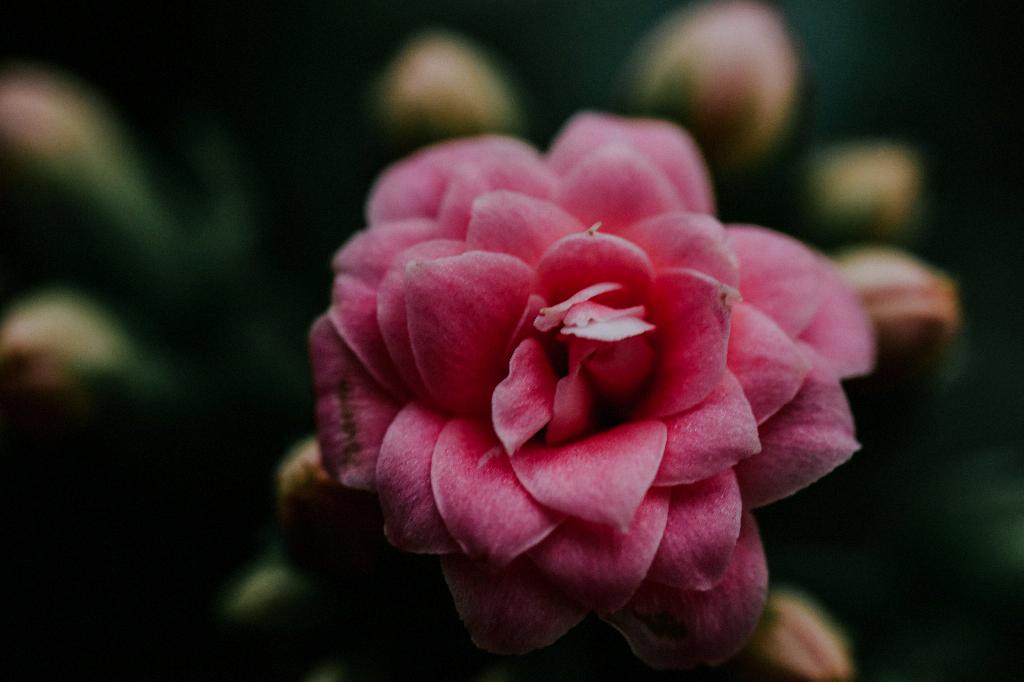If you’ve ever marveled at the striking beauty of begonias in full bloom, you may be curious to know when exactly these vibrant flowers grace us with their presence. Fortunately, begonias are known for their reliability and ability to bloom continuously from summer until the arrival of frost. Unlike some flowering plants that have distinct blooming seasons, begonias are true showstoppers that never seem to have a downtime once they start flowering.
There are various types of begonias, each with its unique characteristics and preferred growing conditions. Two common varieties that you are likely to encounter are wax begonias and angel-wing begonias. Wax begonias, with their glossy leaves and clusters of colorful flowers, are typically grown as outdoor annuals in garden beds or containers. On the other hand, angel-wing begonias, named for their unique wing-shaped leaves, are popular choices for indoor houseplants due to their captivating blooms and easy-care nature.
One of the key factors influencing the blooming period of begonias is the climate in which they are grown. In optimal conditions with plenty of sunlight, well-draining soil, and adequate moisture, begonias are more likely to bloom consistently and abundantly throughout the summer months. However, it’s important to note that excessive heat or prolonged periods of drought can stress begonias and affect their blooming patterns, so maintaining a balanced watering schedule is crucial for keeping these plants happy and flowering.
While begonias are generally robust and adaptable plants, certain varieties may have specific blooming times or preferences. For instance, tuberous begonias are known for their stunning, large flowers that bloom profusely in late spring and summer, adding a touch of elegance to gardens and outdoor spaces. In contrast, fibrous-rooted begonias, like the ever-popular wax begonias, tend to bloom continuously from early summer until the first frost, providing a constant display of color and charm.
Another factor that can impact the blooming period of begonias is the type of fertilizer and feeding schedule used. Providing a balanced fertilizer specifically formulated for flowering plants can help boost blooming and promote healthy growth in begonias. Additionally, deadheading spent flowers regularly and removing any yellowing or damaged leaves can encourage new blooms to form and prolong the flowering season of these lovely plants.
For gardeners looking to extend the blooming period of begonias and ensure a spectacular display of flowers throughout the season, strategic planting and proper care are essential. Choosing the right location with the optimal amount of sunlight, protecting begonias from harsh weather conditions, and mulching the soil to retain moisture can all contribute to a longer and more prolific blooming period for these stunning plants.
Whether you’re a novice gardener or a seasoned plant enthusiast, the allure of begonias and their exquisite blooms is undeniable. With their wide range of colors, shapes, and sizes, begonias offer endless possibilities for creating beautiful garden displays and indoor arrangements that never fail to impress. By understanding the factors that influence when begonias bloom and taking care to provide the ideal growing conditions, you can enjoy a magnificent show of flowers that brighten your surroundings and bring joy to your heart.

